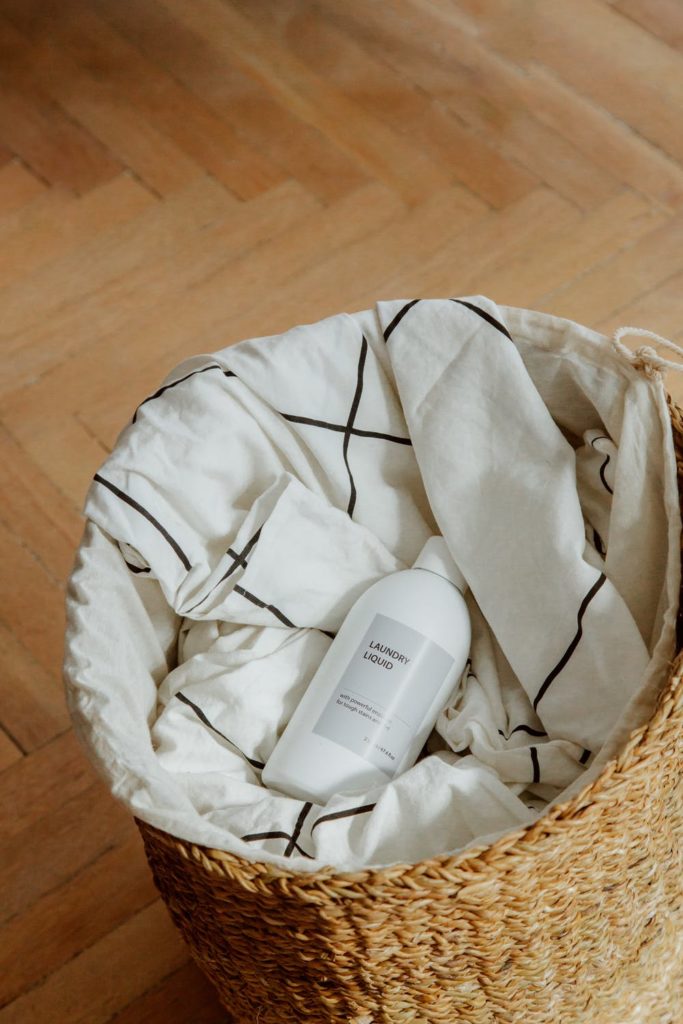
When “Clean” Isn’t Good Enough: Why the Quality of Clean Matters
We’ve all been in unpleasant situations where someone else’s cleanliness standards don’t align with our own. Sometimes, improper cleaning can be irritating, like clumps of fur left on an exam room floor, or trimmed toenails that landed on the computer keyboard and were left for the next shift.
However, in some cases, poor cleaning techniques can be dangerous. For example:
- The kennel attendant who “cleaned” that parvo puppy’s diarrhea off the cage, but left streaks behind
- The veterinary technician who “cleaned” the surgical suite and equipment, yet missed chunks of tissue in the hemostat clamps
- The veterinarian who “cleaned up” after an unassisted wellness appointment, and left used sharps on the table
As you can tell, the quality of the cleaning job is critical for preventing infection, maintaining sterility, and protecting public health. Without proper cleaning techniques that appropriately disinfect, sanitize, and dispose of hazardous or infectious materials, pets and people alike are at risk for developing nosocomial infections.
What are nosocomial infections?
A nosocomial infection is defined as an infection that is acquired or occurs in a hospital. While the veterinary industry has not performed sufficient research to determine the frequency of nosocomial infections, studies have been performed in human medicine because of the frequency of occurrence, increased costs, and large number of deaths associated with nosocomial infections. Approximately 1 in 31 U.S. patients contracts at least one infection in association with their hospital care, which leads to 99,000 deaths, and more than $4 billion in associated annual costs.
Lack of uniform reporting and surveillance contributes to the unknown rate of veterinary nosocomial infections, which have been found to be a common problem in veterinary teaching hospitals. Additional research is needed to determine the frequency rate in private practices.
Despite lack of uniform reporting and sufficient data, most common nosocomial infection types are known to be urinary tract infections, followed by surgical site infections, and bloodstream infections. Proper cleanliness and disinfecting measures must be taken to prevent these infection types from occurring.
What are potential risk factors for nosocomial infections?
Numerous factors can put a patient at a higher risk for nosocomial infection development. They can be related to the patient’s condition, environment, procedure, or inappropriate care. Examples of potential risk factors include:
- Immune deficiency (i.e., neutropenia, diabetes, and immunosuppressive medications)
- Malnutrition
- Open wounds
- Prolonged anesthesia or surgery time
- Blood product administration
- Central venous catheterization
- Bandage changes
- Prolonged catheterization
- Improper sterile technique
- Improper catheter care
- Antimicrobial resistance
How are nosocomial infections caused in pets?
Overall, nosocomial infections are caused by improper techniques, whether they’re related to antimicrobial therapy, cleaning and disinfecting, or patient nursing care.
In the veterinary hospital setting, nosocomial infections can be induced through several methods. While a patient can more likely develop an infection because of certain risk factors, veterinary professionals can contribute to this potential. Nosocomial infection causes in pets include:
- Poor hand hygiene and disinfection
- Contaminated environmental surfaces
- Contaminated equipment
- Improperly washed laundry
The main issues associated with nosocomial infections in pets include:
- Transmission of multidrug-resistant microorganisms from patient to patient by veterinary staff, such as in the ICU
- Pets with infectious diseases (e.g., distemper, parvovirus, calicivirus, and herpesvirus) that can be transmitted to other pets
- Zoonoses that could affect veterinary staff and the general public
How can nosocomial infections be prevented in veterinary hospitals?
Since the most common way that nosocomial infections occur in pets is through improper hand hygiene, the single most efficient method of limiting their spread is through correct techniques. Hand hygiene should occur:
- Immediately before and after patient contact, especially invasive procedures
- Before and after contact with items in the patient’s environment
- After exposure to patient bodily fluids (e.g., discharge, specimen handling)
- Before putting on and taking off gloves, especially after glove removal
- After using the restroom
- Before eating
If your hands are not visibly soiled, alcohol-based hand sanitizer is the preferred hand hygiene method, because these products have a superior ability to kill microorganisms. However, handwashing with soap and water is recommended when bacterial spores and nonenveloped viruses are suspected.
For step-by-step guidelines on how to appropriately disinfect your hospital and prevent the occurrence of nosocomial infections in your patients, follow the 2018 AAHA Infection Control, Guideline, and Biosecurity Guidelines. And, for help ensuring your hospital’s laundry is truly clean, consider Veterinary System Services’ medical-grade laundry services. Give us a call to find out how we can prevent laundry-related nosocomial infections in your patients.

Brad’s love for animals and exposure to working with them has come in many forms, and spanned decades. From volunteer work, that includes 5 years with the Denver Dumb Friends League, to countless hours being a victim for Search and Rescue dogs, or a chew toy for police dogs, he has a passion for working with animals. In college, Brad worked for a small, three-doctor practice cleaning kennels. Before starting VSS, he spent almost 10 years as an inventory manager for one of the state’s largest animal hospitals. He has seen this industry from many angles.
